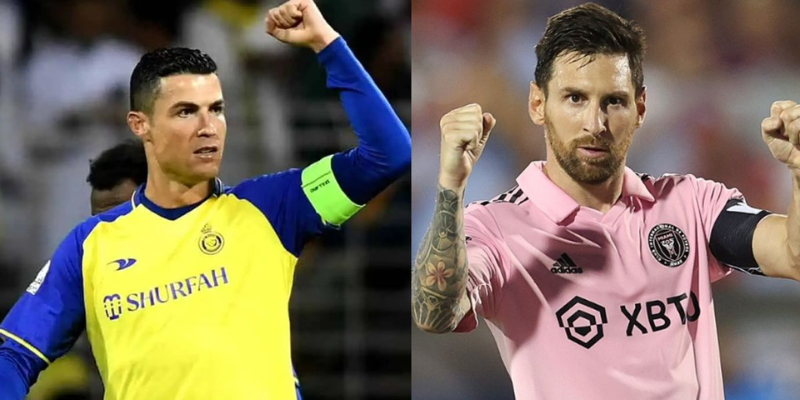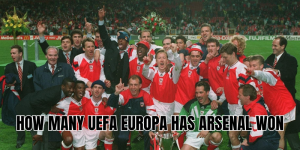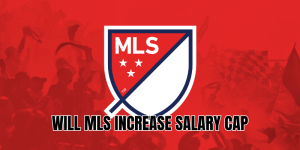The debate hits like a midfield tackle: is Saudi Pro League better than MLS? The quick answer: it depends on how you measure “better.” Saudi Pro League (SPL) has shot up in star power, money, and ambition; Major League Soccer (MLS) remains strong in stability, grassroots development, and competitive depth. ModiFoot will walk you through head-to-head comparisons in key areas so you can judge for yourself where each league shines.
Big stars & investment vs depth & sustainability

One of the most obvious ways to compare the two is by looking at the profiles of players and financial muscle.
- Saudi Pro League has made waves by signing marquee names: Cristiano Ronaldo, Neymar, Karim Benzema, Sadio Mané, Riyad Mahrez, Rúben Neves, Kalidou Koulibaly, among others. These signings show a strategy: attract global attention, boost league reputation, and accelerate growth.
- MLS also has stars (Messi being the latest, plus others like Luis Suárez before), but its structure limits how much arbitrary spending can happen — there are Designated Player rules, salary caps, and much stronger parity-oriented mechanics.
However, money and names don’t automatically equal overall quality:
- Data from player rating systems suggest the average player rating in MLS is slightly higher than in SPL, indicating that while Saudi has more superstars, MLS might have a stronger base of players.
- The depth of MLS, in terms of institutional support and number of teams competing at moderate to high level, gives it long-term strength. SPL is building fast, but its bottom half of clubs often lag in consistency.
Competitiveness & league rankings

It’s one thing to have star power; it’s another to win games, perform in international tournaments, and maintain high standards across the board.
-. One report put MLS in 12th place globally, while Saudi Pro League was much lower (around 29th) in one such ranking.
- In player ratings, MLS average is slightly above SPL.
- On the international/continental front: SPL clubs like Al Hilal and Al Ahli are investing heavily and are often competitive in AFC Champions League Elite. But MLS clubs also compete in CONCACAF Champions League and sometimes in intercontinental friendlies, though their impact in world-stage tournaments is more limited.
So, in terms of “league strength” as a whole (average club strength, consistency, mid-to lower-tier performance), MLS seems to hold an edge. But at the top end, SPL is closing the gap fast.
Fanbase, viewership, and cultural impact
Beyond performance, leagues live or die on fan support, global visibility, broadcast deals, and influence.
- MLS has had steady growth in popularity in the U.S., Canada, and increasingly internationally. Soccer culture, youth development, fan infrastructure, marketing, and media rights are well-established.
- SPL has been pouring money into branding, facilities, and signing big names to boost its global appeal. The Saudi Vision 2030 initiative plays a big role. But average attendance is still lower than in many major leagues, and some reports show steep drops in turnout for less marquee matches.
- Also, MLS has more clubs sending multiple players to their national teams, more exposure of younger players moving to top European clubs, which creates a virtuous cycle of visibility and development. isibility and development.
What each league offers & weaknesses

Here’s how both leagues stack up when you weigh strengths and weaknesses.
| Category | Saudi Pro League (SPL) Strengths | Saudi Pro League Weaknesses | MLS Strengths | MLS Weaknesses |
| Star Attraction | Big names, huge transfer & wage spending draw attention. | Risk of imbalance: top clubs much stronger than others; may become “superstar showcase” rather than broad competitiveness. | Has stars, but more controlled; focus on balancing with homegrown talent. | Less able to compete on wages for aging stars; sometimes loses players who want maximum pay rather than competitive or developmental challenge. |
| Depth & Average Quality | Top teams are rising; some strong foreign players boost level. | Many clubs at lower end still lag; gaps between elite and average are wide. | More uniform competitive base; players at many clubs are of respectable standard. | Mid-tier clubs sometimes limited financially; talent pipeline still catching up to top footballing nations. |
| International competitions / Reputation | Strong showings in Asian competitions; ambitious goal of global recognition. | Match evidence in intercontinental matches still mixed; some skepticism remains. | Solid reputation in CONCACAF; MLS teams are known globally; player exports help. | On world stage vs top European clubs, still a step behind; less consistent success beyond region. |
| Growth sustainability | Massive investment, political & economic backing; infrastructure is improving fast. | Risk of overreliance on finances; some fan disengagement; long-term development (youth, scouting) still catching up. | More stable model; stronger grassroots; regulatory framework keeps things sustainable. | Slower growth; rules limit how fast “superclub” models can evolve; challenges attracting top global stars consistently. |
Recent data & trends to watch
ModiFoot checked the most up-to-date seasons and data to see where the curve is going.
- SPL’s 2024-25 season saw Al-Ittihad win its 10th title; Cristiano Ronaldo ended up as top scorer with 25 goals. Total goals in the season were 895 over 306 matches. Attendance averaged about 8,355 fans.
- The 2025-26 season has seen big signings continue, plus more foreign players, which helps increase visibility and competitive intensity.
- Ranking and player rating systems still place MLS slightly ahead overall.
Final thoughts: Which league is “better”?
When someone asks is Saudi Pro League better than MLS, the answer isn’t binary. It depends on what you value:
- If you care about star power, big financial injections, global media visibility, SPL is making a strong case and is arguably ahead or on par in some of those dimensions.
- If you care about competitive balance, league stability, depth of talent across many teams, youth development, MLS still leads or is more consistent.
If I had to pick: as of now, MLS probably offers a more rounded product.
Conclusion
Is Saudi Pro League better than MLS? ModiFoot believes the answer is: not quite yet across the board, but SPL is catching up fast, especially at its highest levels. MLS still holds the edge in depth, consistency, infrastructure, and development.
If you’re a fan: keep watching both leagues. For talent scouts, team analysts, and excited followers, SPL’s rise means more exciting matchups, bigger signings, and greater pressures. And for MLS, it’s time to double down on youth, competitiveness, and global exposure.
Want to dive deeper? ModiFoot can follow up with a comparison of player export rates, match-day atmospheres, and MLS vs SPL tactical styles. Which angle interests you more?






